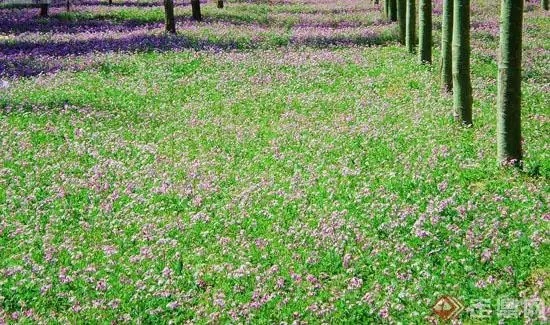Selection of garden tree species for different purposes
1. Selection of street tree species
Street trees are an important part of urban landscaping and the backbone of urban greening. They play a role in organizing traffic, beautifying streetscapes, and providing shade and cooling. They can reduce noise, smoke, and dust, increase air humidity, and lower the temperature. However, the environment in which street trees grow is poor, with short sunshine hours, high destructive power, hard soil, a lot of construction waste, overhead lines and underground pipelines, and a lot of harmful gases and dust emitted by cars. Therefore, you should be careful when choosing tree species.
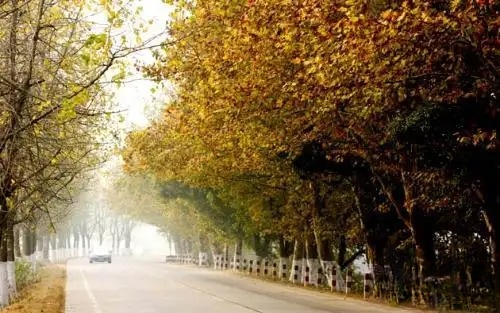
(1) Conditions that street trees should meet
a. The trunk is straight, with a certain height under the branches, a large crown, dense branches and leaves, and a beautiful tree shape or rich colors.
b. It has strong adaptability to soil and is resistant to drought, barrenness and shallow soil with dense pipelines.
c. It has strong germination ability, is resistant to pruning, and its dry skin is not afraid of strong sunlight.
d. Deciduous or evergreen tree species that grow fast, have a long lifespan, sprout early, and shed leaves late can reflect the local style.
e. Strong resistance to pollution, stress and diseases and pests.
f. Non-toxic, odorless, and non-irritating to humans.
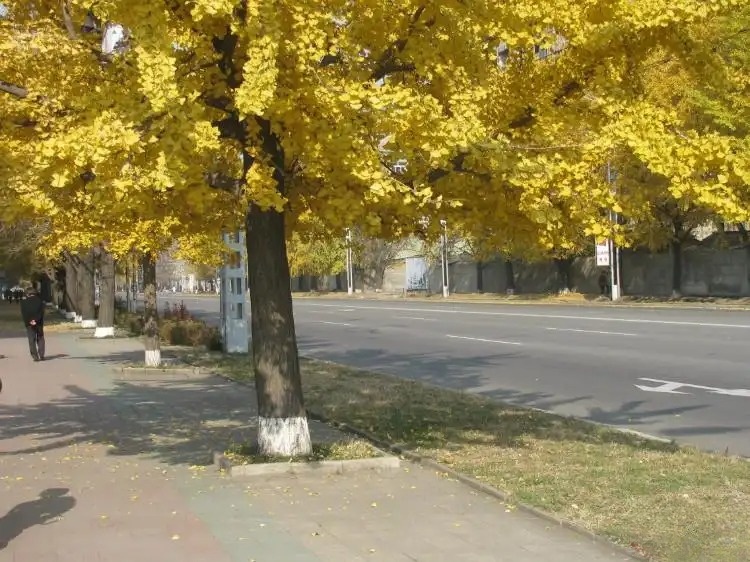
(2) Tree species suitable for street trees
Generally, broad-leaved trees are used as street trees. You can choose evergreen trees or deciduous trees that like light and tolerate drought. You can also choose trees that are ornamental for fruits, flowers, or leaves. Coniferous trees are weak in resistance to smoke pollution and are not tolerant to pruning. They are generally rarely used as street trees. The tree species suitable for street trees can be seen in Table 1-1
| Plant Type | Tree Species |
| Generally evergreen or deciduous | Chinese fuchsia, maple poplar, tulip tree, weeping willow, white poplar, small poplar, Yunnan poplar, poplar, liquidambar formosana, kapok, green paulownia, sycamore, ginkgo, ash, locust, eucalyptus, eucommia, white elm, lemon eucalyptus, big-leaf eucalyptus, Xinjiang poplar, elm, white ash, paulownia, paulownia, Chinese toon, tilia, tilia, small-leafed banyan, banyan, fishtail palm, coconut, mango, queen palm, Chinese pine, cryptomeria, camphor tree, magnolia, albizzia, yuanbao tree, white orchid, Taiwan acacia, horse chestnut, Bauhinia, bauhinia, poinciana, osmanthus, melaleuca, etc. |
| Flower and fruit trees | Citrus, papaya, soapberry, walnut, Tianmu magnolia, myrsinia, yew, gardenia, holly, red bean tree, pomegranate, silk cotton tree, crabapple, tung, pyracantha, pittosporum, small-fruited rose, roxburghii, grape, apricot, crabapple, Nandina domestica, euonymus, persimmon, hairy cherry, heather, hawthorn, wolfberry, jujube, four-o'clock flower, loquat, copper coin tree, mountain peach and cherry, etc. |
| Foliage trees | Photinia, apricot, mountain hemp, bald baldness, red-leaf plum, tulip tree, wild Chinese toon, red-leaf mulberry, red maple, feather maple, triangle maple, five-pointed maple, ingot maple, Japanese maple, ginkgo, four-orange flower, beech, torch tree, persimmon, paulownia, bald cypress, golden pine, lilac, pittosporum, euonymus, etc. |
Table 1-1
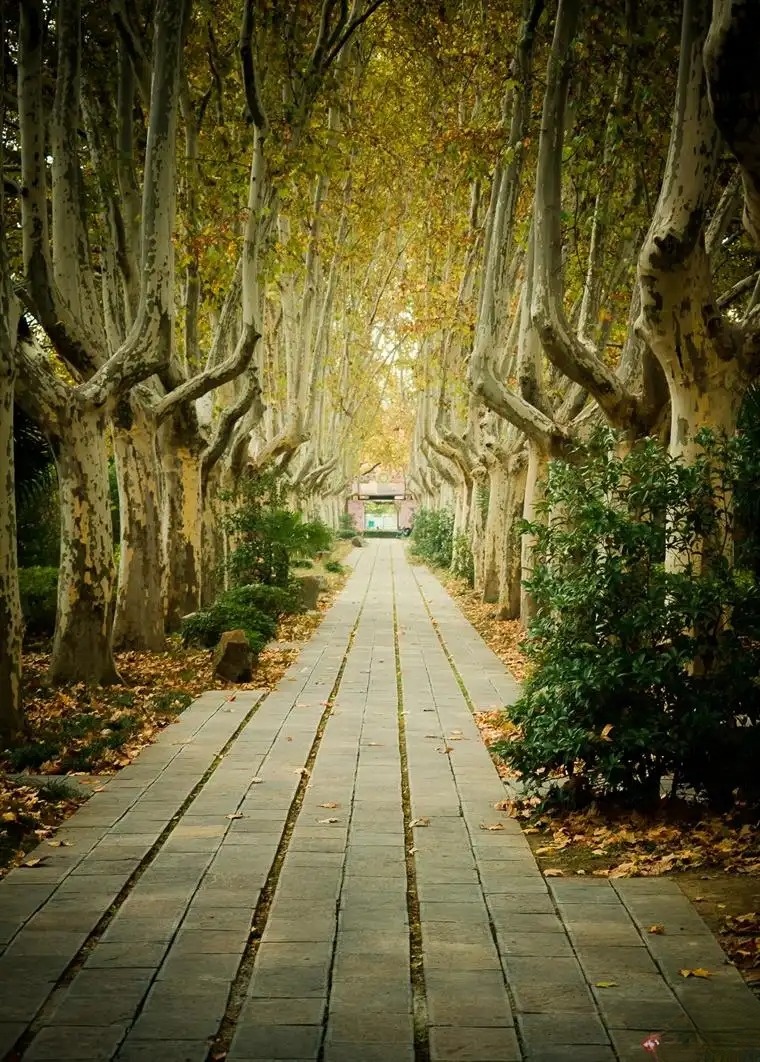
2. Selection of shade tree species
Garden shade trees mainly provide shade for visitors to cool off and for decoration. Tall, majestic, isolated trees or clusters of trees with umbrella-like crowns planted in parks to organize garden landscapes or for visitors to rest and cool off under the trees are garden shade trees; large trees in front of and behind houses for residents to rest and cool off are also garden shade trees. When selecting tree species, the main consideration is usually the ornamental effect, combined with the function of shading. Many trees with ornamental flowers, fruits, and leaves can be used as garden shade trees, but species that are easy to stain clothing should not be selected.
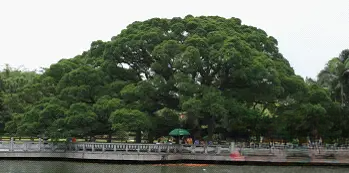
(1) Conditions that shade trees should meet
a. The tree is tall, with a straight trunk, a spreading crown, dense branches and leaves, and a beautiful shape.
b. Grows fast, is stable and has a long lifespan.
c. Few diseases and pests, strong resistance to adversity.
d. If the planting site is open and the air humidity is low, it is advisable to choose light-loving and drought-tolerant evergreen trees or deciduous trees.
(2) The tree species suitable for garden shade trees are the same as those suitable for street trees.
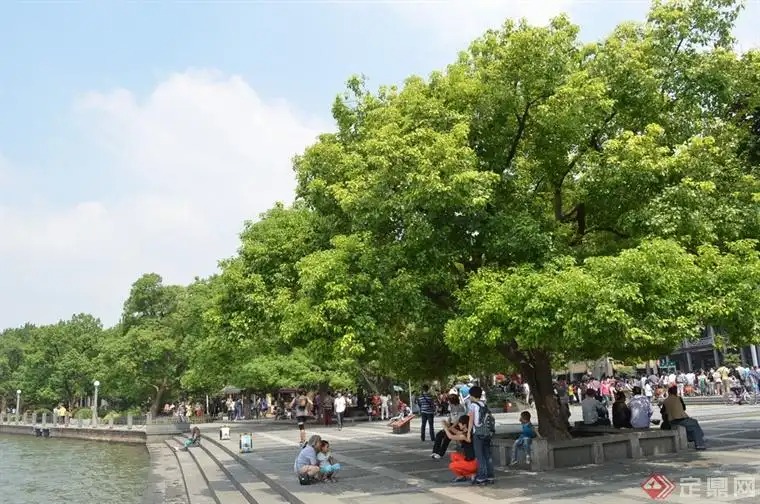
3. Enjoy the tree alone
Solitary trees are also called solitary trees, specimen trees, ornamental trees or single trees. They mainly show the beauty of the tree's shape and can form an independent scene.
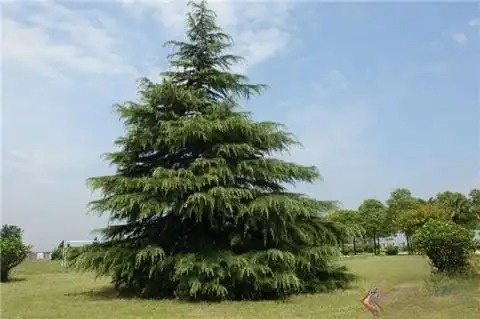
(1) Suitable conditions for viewing the tree alone
a. Generally, the tree crown should be open and wide, with a beautiful tree shape, such as cone, spire, weeping branch or cylinder.
b. Trees with a longer lifespan can be either evergreen or deciduous.
c. Often choose species with beautiful flowers, fruits, bark or leaf colors.
(2) See Table 1-2 for tree species suitable for solitary viewing.
| A tree with a graceful posture, a tall and majestic body, or a large crown and dense shade | Spherical | Pittosporum, boxwood, cycads, etc. |
| Spire Shape | Cedar, Araucaria, Pine, Fir, Spruce, etc. | |
| Umbrella | Albizia Julibrissin, Royal Poinciana, Palm, Sophora japonica, etc. | |
| Hanging branch | Weeping willow, etc. | |
| A big tree with dense shade | Chinese parasol, sycamore, camphor, toon, etc. | |
| Beautiful leafy tree | Red leaves | Red maple, red-flowered loblolly, purple-leaf plum, purple-leaf peach, etc. |
| Silver gray leaves | Willow of osmanthus, silver birch, etc. | |
| Blue leaves | Juniperus chinensis, Eucalyptus globulus, etc. | |
| Autumn leaves red | Liquidambar formosana, Acer truncatum, Acer palmatum, Maple, etc. | |
| Autumn leaves yellow | Ginkgo, Ligusticum wallichii, Sapindus mukorossi, Pineapple truncatum, | |
| Mosaic leaf color | Golden Heart (Golden Edge, Silver Heart, Silver Edge) Boxwood, etc. | |
| Tree with distinctive fruit | Significant flower viewing effect | Magnolia grandiflora, magnolia, royal poinciana, cherry blossom, plum blossom, camellia, etc. |
| Flowers have fragrance | White orchid, osmanthus, Persian lilac, etc. | |
| Tree with distinctive fruit | The fruit is oddly shaped, huge and abundant | Holly, elderberry, honeysuckle, grapefruit, persimmon |
| Trees with prominently colored trunks | Trunk white | Lemon eucalyptus, white pine, birch |
| Branches red | Red Ruimu |
Table 1-2
4. Selection of tree species for patch forests and sparse forests
Patches and sparse forests are one of the configuration forms often used in urban gardens and green spaces. In forest parks, they are landscape forests, which are in the form of pure forests and mixed forests. Pure forests generally form a neat and spectacular overall effect, but lack seasonal changes, such as fir, Chinese fir, hemlock, masson pine, silver fir, etc.; while mixed forests are composed of a variety of tree species and often have obvious seasonal changes.
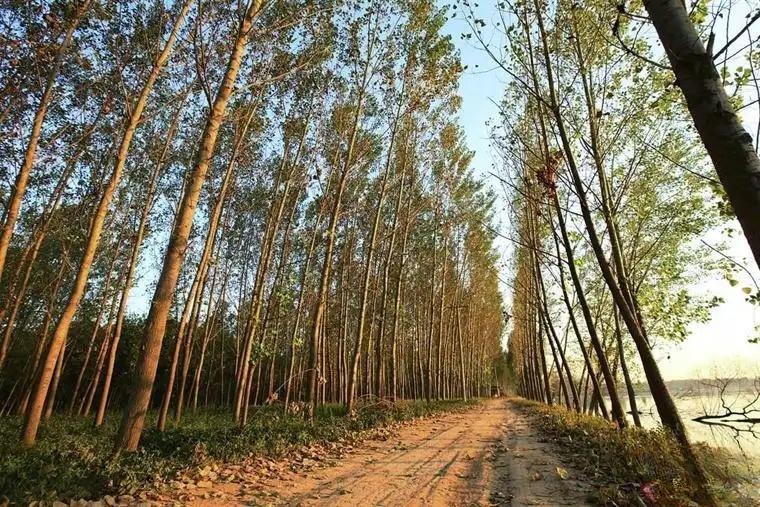
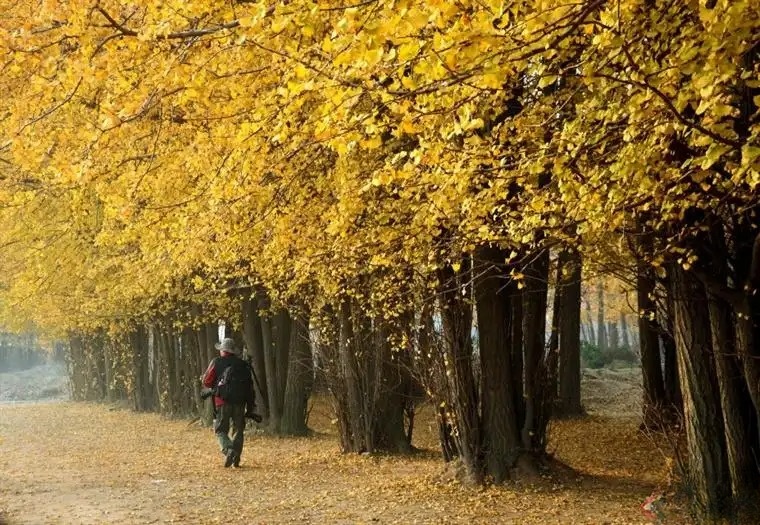
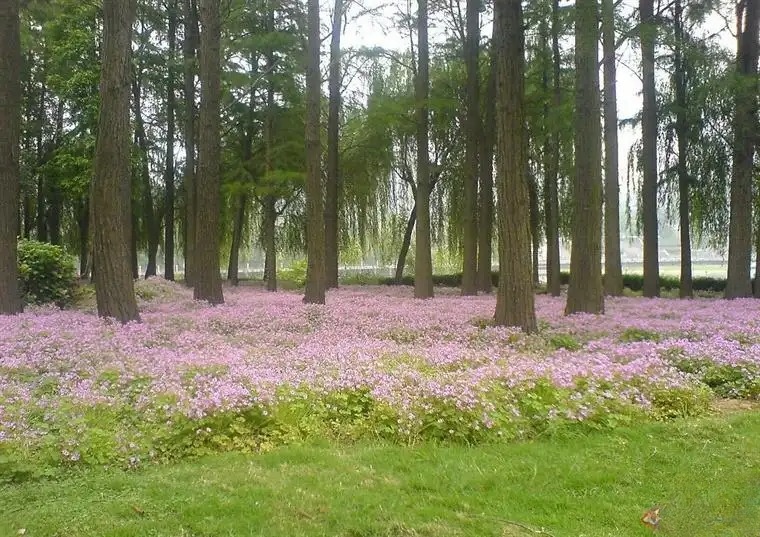
5. Selection of flowering tree species
Any trees, shrubs, bushes and vines that have beautiful flowers or inflorescences and whose flower shape, color or fragrance have ornamental value are called flowering trees or flowering trees.
Flowering trees play a huge role in gardens and are widely used. They can be used as single-view trees, garden shade trees, street trees, flower hedges, ground cover plants, etc.
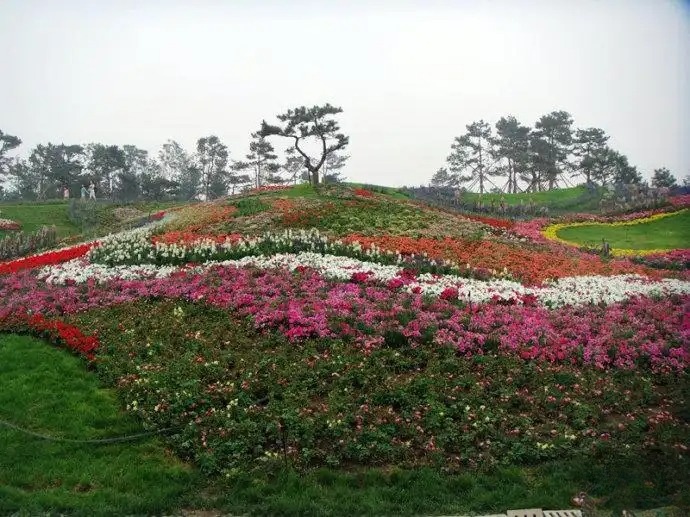
(1) Conditions that flowering shrubs should meet
a. Flowering shrubs are the main group of ornamental flowering tree species. The flowering phenological period of the plants should be considered and the flowering period should be matched to ensure that there are flowers in all seasons.
b. Choose plants that like light or tolerate a little shade, have strong adaptability, can withstand drought and barren soil, have strong resistance to pollution and pests, have large and colorful flowers with rich fragrance or small but dense flowers with a long flowering period.
(2) Tree species under different conditions
When planting next to trees or under the shade of trees, choose azalea, Michelia, Loropetalum, etc. When planting in open areas, you can choose plum blossoms, crabapples, crape myrtles, roses, magnolias, hypericum, yellow roses, lilacs, etc.
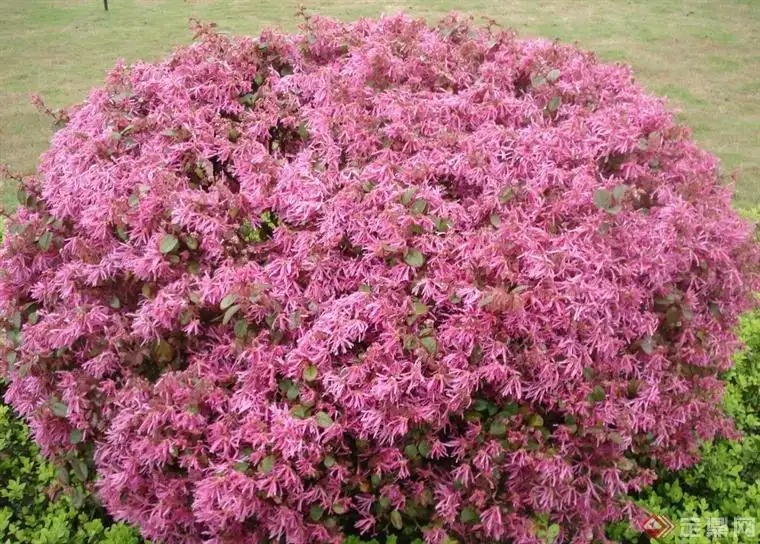
(3) Flowering tree species in different seasons
See Table 1-3
| season | Tree Species |
| spring | Peach, peony, paulownia, Michelia, plum, apricot, witch hazel, lilac, rose, cherry, rose, forsythia, pear, campanula, azalea, costus, jasmine, snow willow, yellow acacia, camellia, honeysuckle, hydrangea, crabapple, wisteria, magnolia, bauhinia, daphne, white magnolia, honeysuckle, red calendula, elm leaf plum, purple magnolia, etc. |
| summer | Crape myrtle, hibiscus, jasmine, oleander, trumpet creeper, pomegranate, weigela, woody tuberose, Milan, gardenia, rose, hibiscus, June snow, osmanthus, albizzia, summer azalea, white orchid, magnolia, hypericum, summer plum, wolfberry, six tree wood, hibiscus, etc. |
| autumn | Rose, hibiscus, jasmine, Milan, crape myrtle, osmanthus, early wintersweet, hibiscus, white jasmine, osmanthus, phoenix orchid, cassia corymbosa, etc. |
| winter | Camellia sasanqua, osmanthus fragrans, oil-tea camellia, winter jasmine (late winter) camellia, wintersweet, etc. |
Table 1-3
6. Selection of vine (climbing plant) species
Climbing trees are widely used in gardens and can be used for vertical greening of various forms of trellises, buildings and facilities. Cities have a concentrated population and dense buildings, and the area available for greening is limited. Therefore, it is conducive to vertical greening and ground coverage with climbing plants, which is one of the important ways to increase the coverage rate of urban greening.
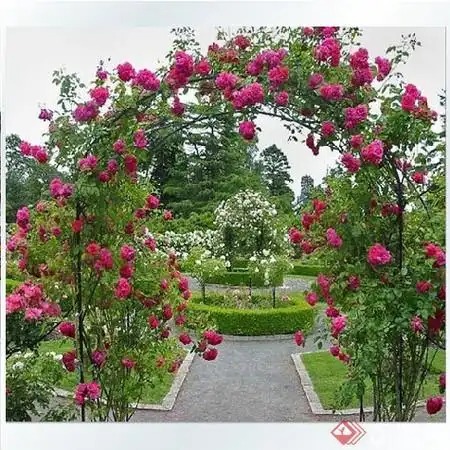
(1) Functional requirements
For reducing the wall and indoor temperature of buildings, you should choose climbing plants with dense branches and leaves, such as creeper, quinquefolia, ivy, etc. For dust prevention, try to choose climbing plants with rough leaves and high density, such as Chinese kiwi fruit.
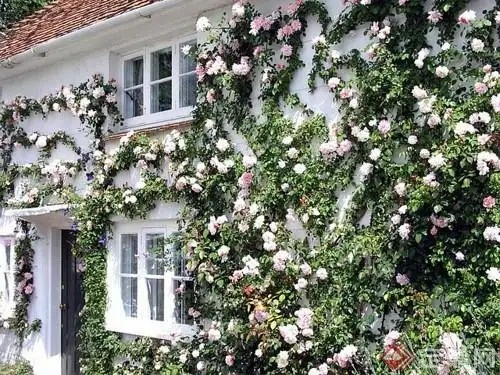
(2) Ecological requirements
Different climbing plants have different environmental requirements, so you need to pay attention to the site conditions. When used for wall greening, light-loving, drought-tolerant climbing plants should be selected for west-facing walls; shade-tolerant climbing plants should be selected for north-facing walls. For example, ground ivy is an extremely shade-tolerant plant. It grows fast, has strong growth potential, and blooms and bears fruit luxuriantly when used for vertical greening of north walls.
(3) Viewing requirements
The vine species should be coordinated with the color, style, and height of the climbing buildings and facilities. For example, for gray or white walls, climbing plants with bright red autumn leaves can be selected.
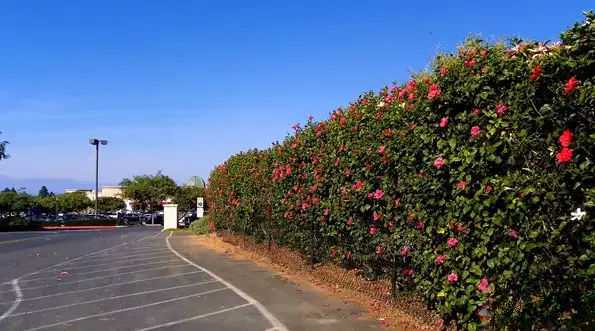
7. Selection of hedge species
(1) Conditions that hedge species should meet
a. They must be adapted to the local climate and soil conditions and be native tree species or introduced and domesticated plants.
b. It grows slowly, is cold-resistant, drought-resistant, shade-tolerant, and has strong stress resistance.
c. It has strong germination and branching abilities and is resistant to pruning.
d. The leaves are small and dense, suitable for dense planting, the flower and fruit viewing period is long, and the leaf shape is beautiful.
e. It is easy to reproduce in large quantities, easy to survive after planting, and convenient to manage.
f. Non-toxic, odorless, and less susceptible to pests and diseases.
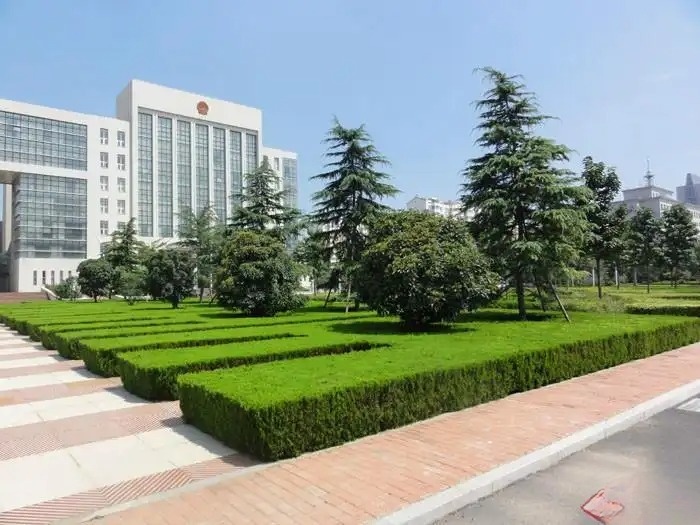
(2) Selection of hedge tree species
See Table 1-4
| Hedge Types | Select tree species |
| Evergreen Hedge | Large-leaf boxwood, coral tree, small-leaf boxwood, arborvitae, cypress, juniper, juniper, cypress, red spruce, etc. |
| Deciduous hedge | Ligustrum lucidum, Amorpha fruticosa, Ulmus pumila, Waxwood, etc. |
| Flower hedge | Choose plants with long flowering period and beautiful and dense flowers, such as gardenia, June snow, hibiscus, Murraya odora, jasmine, etc. |
| Hedges | Pyracantha, citrus fruit, mountain red, etc. |
| Colorful hedge | Various types of boxwood, coral, golden privet, golden cypress, purple-leafed small split, tea maple, etc. |
| Thorn Hedge | Lycium barbarum, holly, thorny old tooth |
| Takara | Tall and densely leafed coral trees, cypress, cypress, and juniper |
| Hedge | Plants with short growth and dense and beautiful branches and leaves, such as boxwood, Kochia scoparia, and boxwood microphylla |
Table 1-4
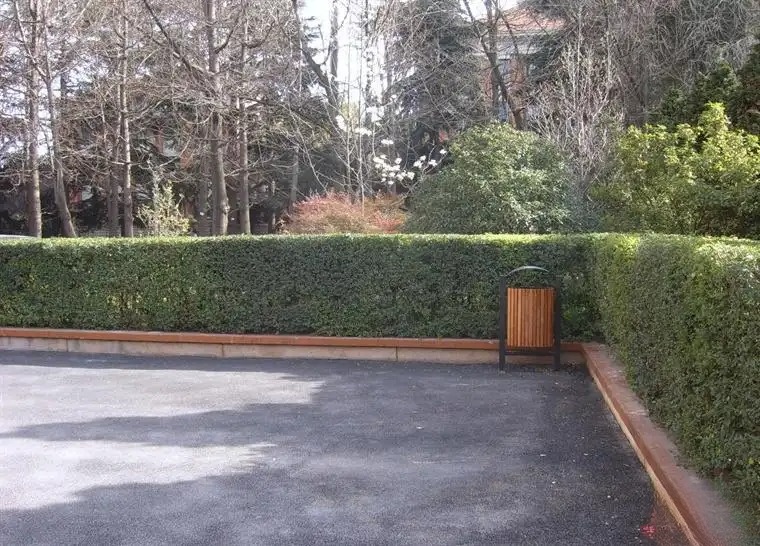
8. Choice of ground cover plants
All plants that can cover the ground are called ground cover plants. Herbs, short shrubs among woody plants, half-full chronic shrubs and vines can all be used as ground cover plants.
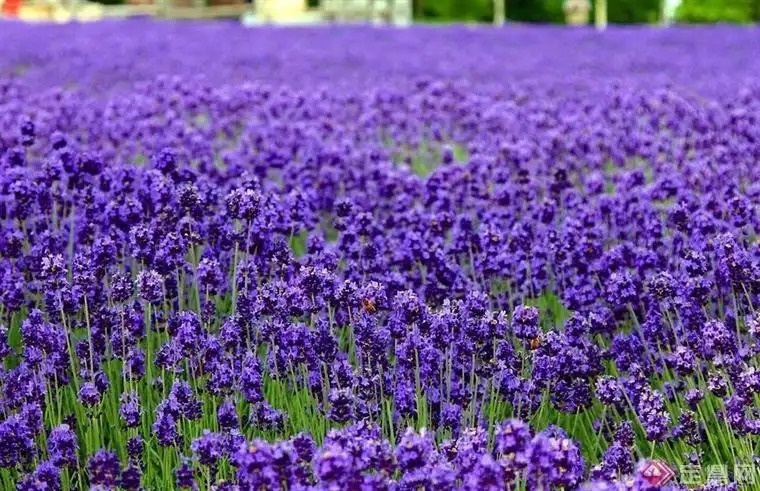
(1) Role of ground cover plants
Ground cover plants play a good role in improving the environment, preventing dust, conserving water and soil, inhibiting weed growth, increasing air humidity, reducing ground radiant heat, and beautifying the environment.
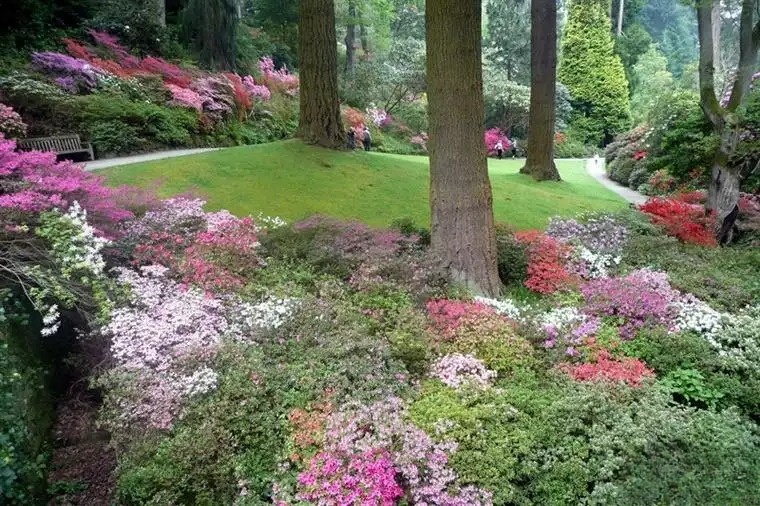
(2) Selection conditions for ground cover plants
Choose the environmental conditions that need to be adapted according to the ecological habits of the plants, and match them with site conditions such as full light, semi-shade, drought, humidity, soil pH, thick soil walls, etc., as well as the strength of their resistance to stepping and their ornamental characteristics. When applying them on a large scale, attention should also be paid to their role in production and their economic value.
